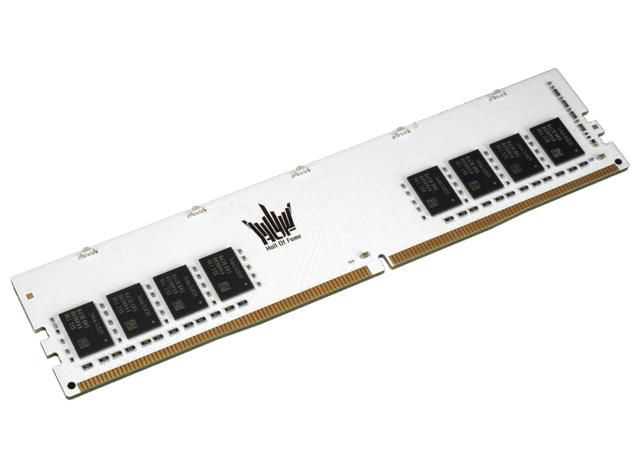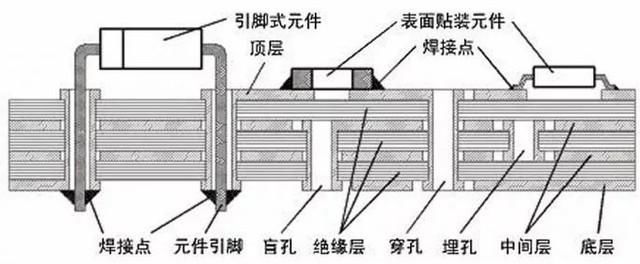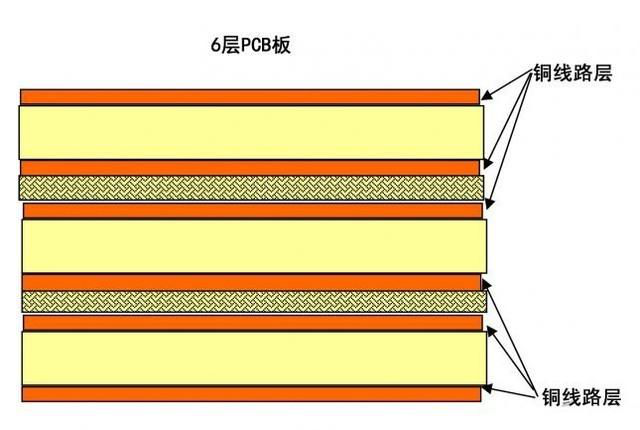The memory structure is simple, mainly composed of DRAM IC and PCB. Therefore, the difference between high and low end memory is mainly reflected in these two aspects.
As DRAMIC occupies the vast majority of memory costs, its importance goes without saying. But among the few components with limited memory, PCB also plays an important role in memory performance.

If we pay attention to the detail pages of some high-end memory, we often see statements like 8-layer or 10 layer PCBs. So what does this 8-layer or 10 layer PCB represent? Why does the mention of 8 or even 10 layers imply higher quality memory materials and better performance? Let's peel off the PCB today and see what this layer really means.
PCB, The full name is Printed Circuit Board, which is a type of circuit board manufactured in a similar way to printing. In fact, it turns solid cables of different lengths into metal wiring on resin boards, greatly reducing the use of wires and saving space and energy consumption.


As we mentioned earlier, PCB is a type of circuit board manufactured using a printing method, so common PCBs consist of several layers bonded together, with each layer having a resin insulated substrate and a metal circuit layer.
The most basic PCB is divided into 4 layers, with the top and bottom circuits being functional circuits, where the main circuits and components are arranged. The middle two layers of circuits are the ground layer and power layer. The advantage of this is that it can make corrections to the signal line and better shield interference.

Generally speaking, 4 layers are sufficient for the normal operation of a PCB, so the so-called 6 layers, 8 layers, and 10 layers are actually adding more circuit layers to enhance the electrical capability of the PCB, that is, the pressure bearing capacity. So, an increase in the number of PCB layers means that more circuits can be designed internally.
When is it necessary to increase the number of PCB layers for memory? As mentioned above, it is obvious that the electrical strength of the PCB is too high. When is the voltage and current of the memory PCB strongest? Players who have played overclocking will know that in order to achieve better performance, the memory must be pressurized to increase its operating frequency. So, it is not difficult to conclude that memory can be used at high frequencies or overclocking.
At present, high-end memory frequencies generally start at 3600MHz. In order to ensure safety and electrical stability, 8-layer PCBs are basically standard, and some may even reach 10 layers. In the same layout of PCB, the performance difference between 8-layer and 10 layer PCBs can be ignored for ordinary daily users, but for professional overclocking players, the latter can enable them to achieve higher frequencies.
The Yingchi HOF II DDR4-4000 memory uses a 10 layer white custom PCB to provide stable electrical supply for memory operation. In addition, thanks to the support of Samsung B-die, it has strong overclocking capability, with overclocking up to 4600MHz.
As a belief, the rugged appearance of the HOF II DDR4-4000 memory based on the Silver Warrior design prototype and the dazzling seven color breathing light effect also add a lot of color to it. For players, the HOF II DDR4 series memory with both internal and external advantages is not only a choice of quality, but also a choice of faith.